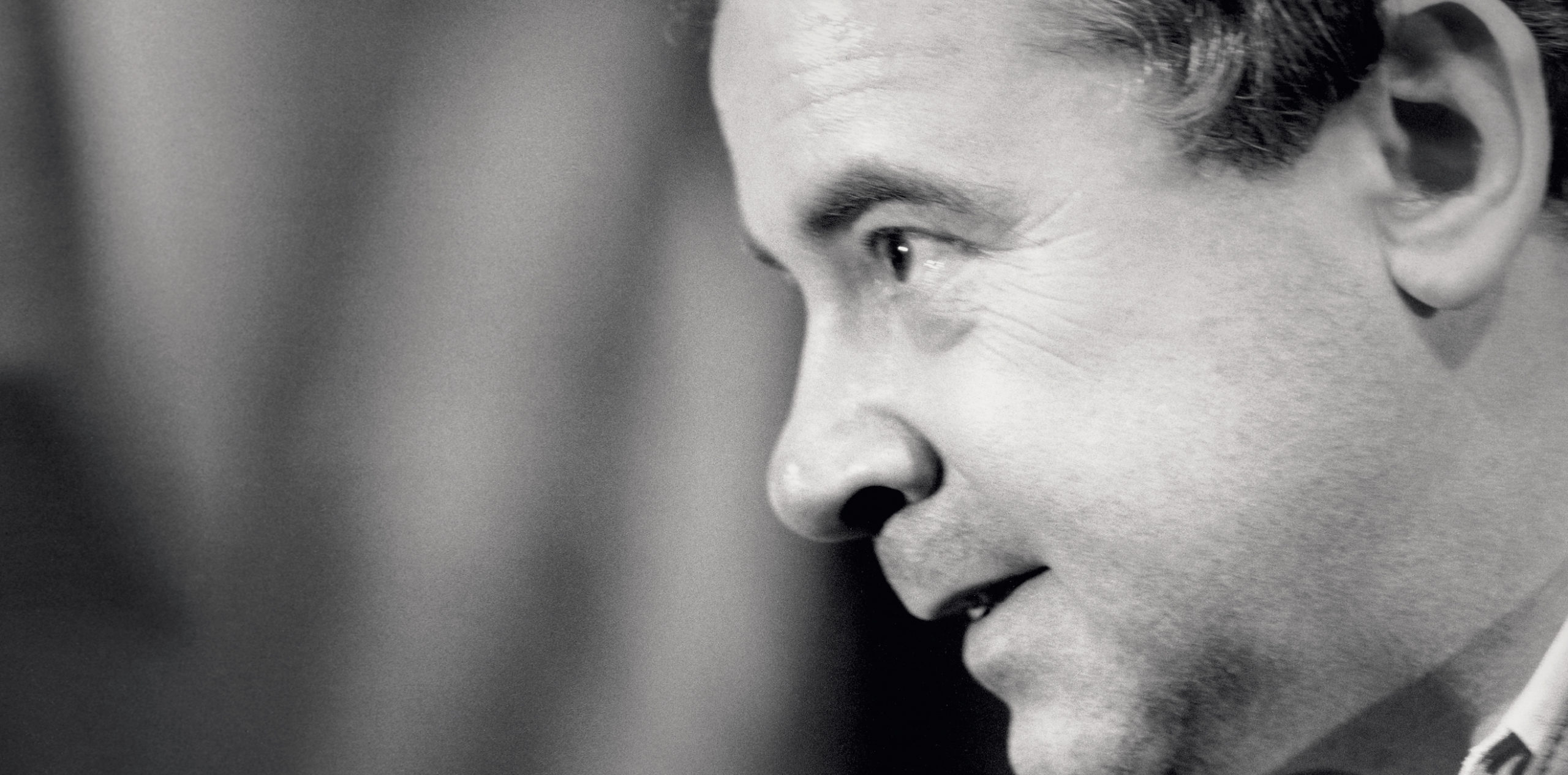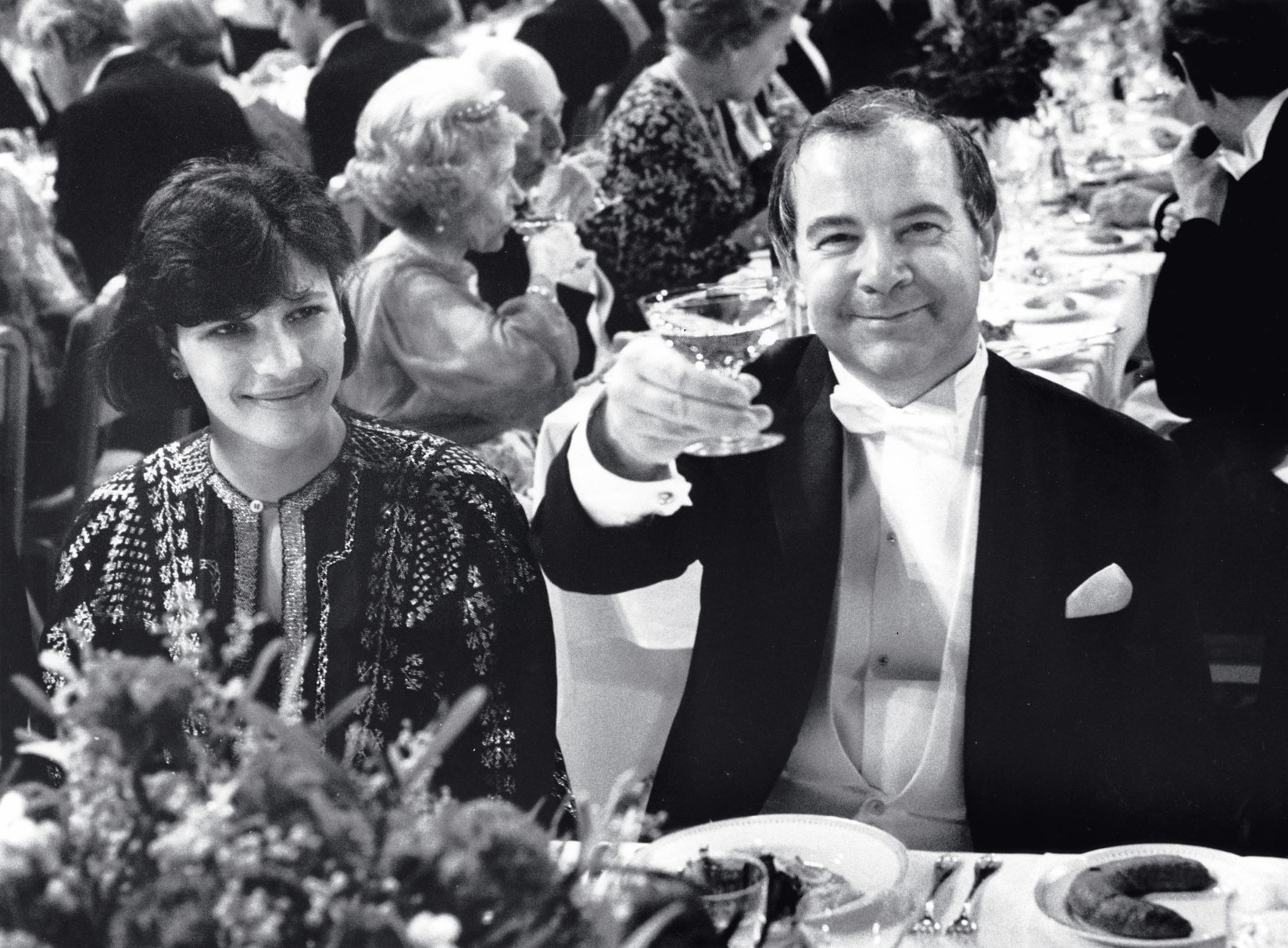
In the mid-1980s, Joseph F. Sambrook, PhD, was determined to recruit Johann Deisenhofer, PhD, who worked at the Max Planck Institute for Biochemistry in Martinsried, a small town near Munich.
Together with Hartmut Michel and Robert Huber, Deisenhofer studied a protein complex found in photosynthetic bacteria called a photosynthetic reaction center. In a collaboration that started in 1982, the three scientists used X-ray crystallography to determine the precise structure of this membrane-bound protein atom by atom — more than 10,000 atoms in total. The task was largely finished in 1985, and the reaction center represented the largest and most complex structure ever solved by X-ray crystallography up to that time.
The structural determination helped explain the detailed mechanism of the conversion of light energy into chemical energy in photosynthesis, a biological process upon which almost all life on our planet depends. But their work had implications in other fields far outside the area of photosynthesis research. Many other critical biological functions are associated with membrane-bound proteins, such as the transport of nutrients into cells, hormone action and nerve impulses.
Word of Deisenhofer and his team’s remarkable success had spread throughout the world scientific community. He’d received numerous invitations to report his results in scientific meetings, seminars, even TV shows.
“I received a formal letter from Joe Sambrook (whom I had never heard of) asking whether I might be interested in a faculty position,” Deisenhofer said.
